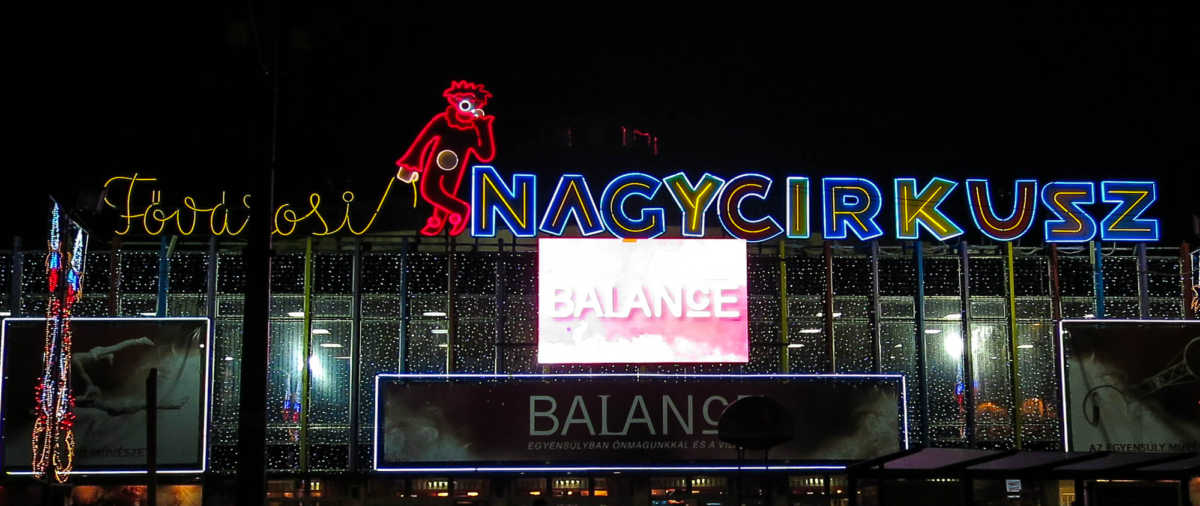
Early on in our recent visit to Budapest, Tom mentioned he just wasn’t feeling it. We were walking down Vaci Street, the unimpressive, pedestrian-only shopping avenue in central Budapest. We’d just moved to an AirBnB for the week, and hardly knew the place. I was reminded of the young traveler who once told me she hated Venice. “It rained all three days I was there.”
It’s easy to rush to judgement about a city, to immediately love it or hate it. What’s trickier is to spend a little time letting the city talk back to you and reveal its heart. For visitors with a few days to spend in Budapest, here are some areas to walk with eyes and ears open to the local beat. These places just might change your thinking about Budapest.
Walking The Riverfront
The Danube River is the centerpiece of Budapest, the original division between the early settlements of Buda and Pest, the source of historic commerce and communication, and today the mesmerizing reflection of the city’s monuments. Views of the river, the bridges, and the banks change by the hour. Hardly a day passes that we don’t walk along the river to take another look and shoot more photos. Serious walkers can make the rounds crossing one bridge and returning on another. Or, from the riverfront, climb Gellert Hill to the Citadel, visit Margaret Island, head to shops in the Central Market Hall, or check out the famous Chain Bridge and the historic sites on either side. Remember, though, that pedestrians share the space with trams and cars, just steps above the distracting river traffic.
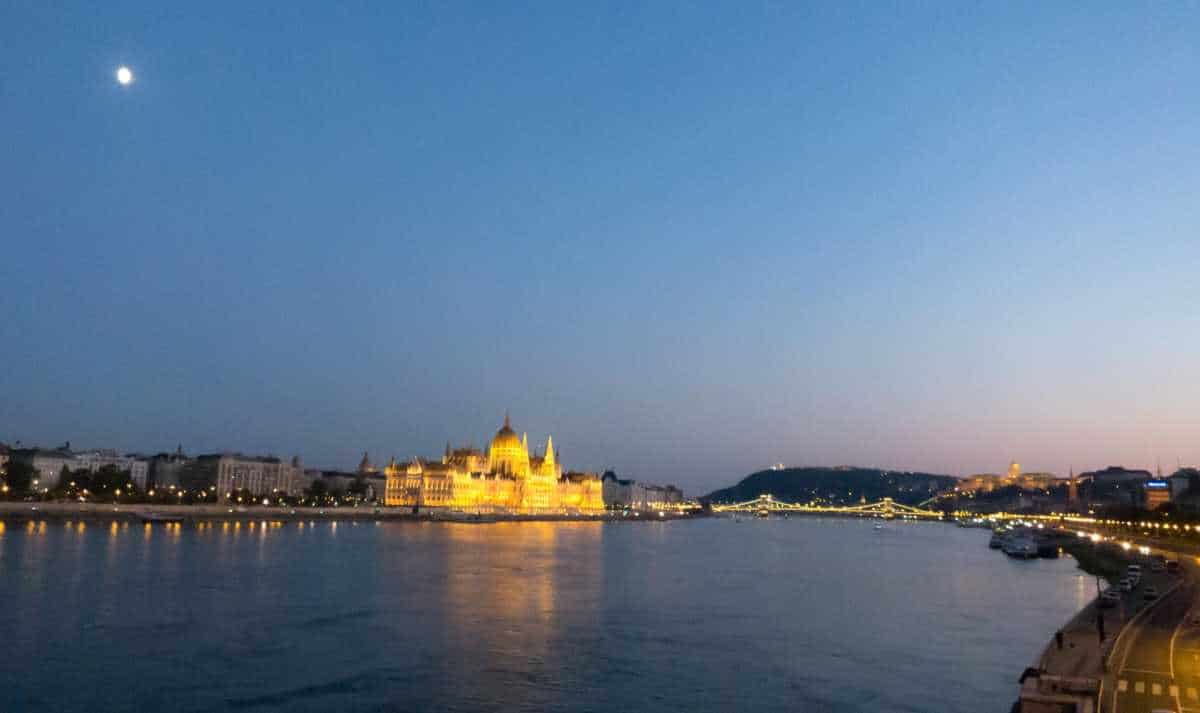
Walking Buda
The most visited sites in Buda (the hillier, western side of the Danube) are visible from the river, and included on most tours of the city: Matthias Church, the Palace, and Fisherman’s Bastion. But take a walk through the small back streets in this oldest neighborhood, and you’ll discover quiet doorways, scenic overlooks, historic buildings, and some of the city’s sweetest coffee shops. If you are up for more, go down. Below street level is a network of caves, created by the same thermal springs that've made this a city of spas. Some are open for tours, others transformed into restaurants or cellars. Read about our Buda district tour with Context Travel if you like history with your walking.
Walking the Palace District
On the southeastern edge of the central district, behind the Hungarian National Museum, is the Palace District. It’s a great neighborhood to walk, outside of normal tourist routes yet full of history. The palatial homes were built after Budapest was named the ‘other’ capital of the Austro-Hungarian empire in 1867. Some of these grand homes have been converted (a library, a school) and are open to visitors. This residential neighborhood with treelined streets adjoins a university area, and there are a variety of good and inexpensive places to eat. Take time, too, to walk along the Museum Street, peppered with a number of bookstores and antiquarian shops. On the south side of the Palace District, toward the river, is the Central Market Hall.
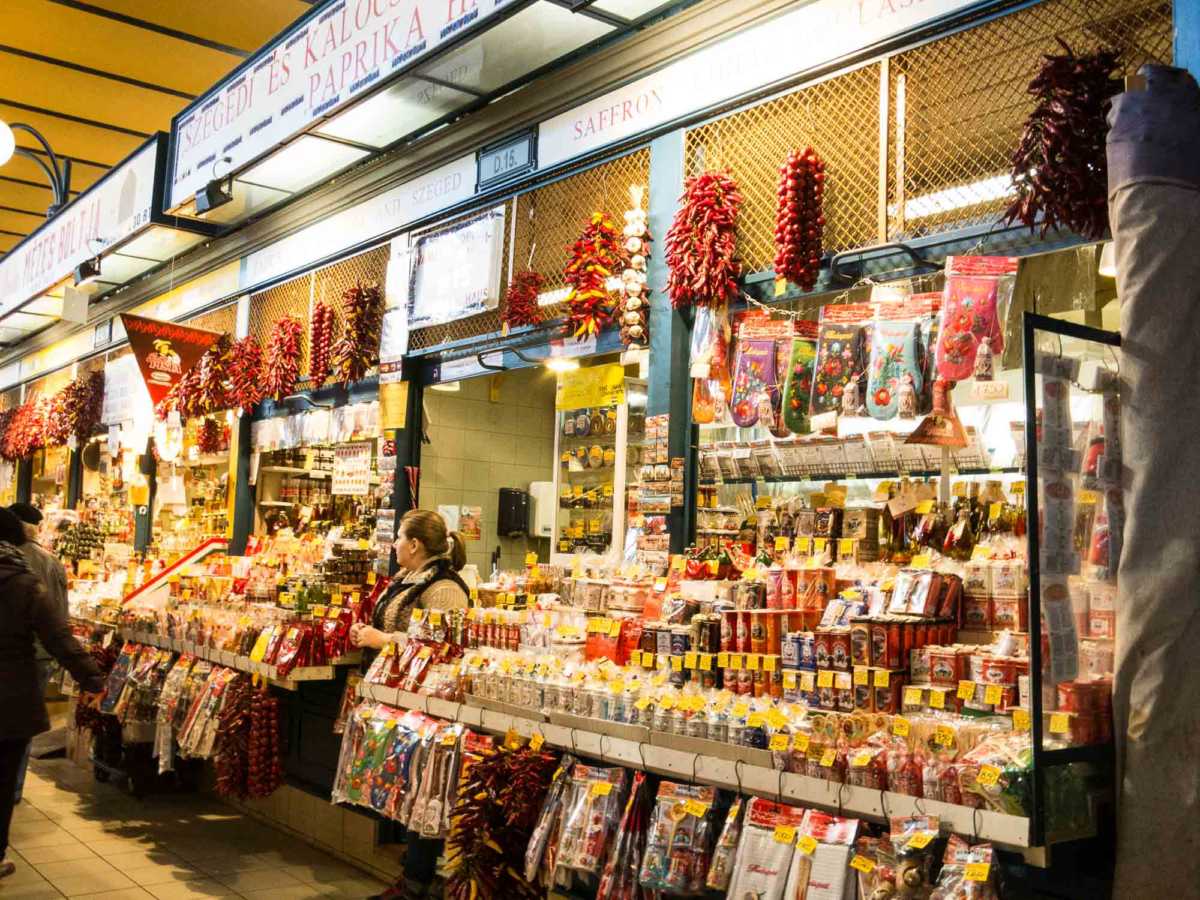
Another Market, Another Neighborhood
While we’re speaking of markets, we can recommend another smaller market in the central city. The Hold Street (or Downtown) Market is closer to Parliament and the embassy area, and my friend at the Kempinski Hotel tells me this is where she shops. The market’s second floor, with more than a dozen eateries, is a great place to grab lunch. I couldn’t resist buying a tin of goose liver pate as a gift for friends back home.
(If you travel to Budapest in December, you’ll find Christmas markets that rival those of any other city we’ve visited, based on tasty food and high quality hand-crafted good.)
Behind the Dohany Synagogue
Every time I visit this area of Budapest, I’m struck by a new and different facet. And whether it’s day or night, or if I’m alone or with friends, I’m generally somewhat lost. Be content to follow your nose here. Hidden alleys (the Gozsdu Court) are being revived into rows of restaurants and pubs. Large murals pop up where you least expect them. Public art and memorials to the Jewish ghetto which once stood here can be both jarring and peaceful. Tea shops, boutiques, good restaurants, and the odd ‘ruins’ style nightclub are pocketed here and there for all to discover. For walkers with an appetite for the unexpected, this is the place to wander.
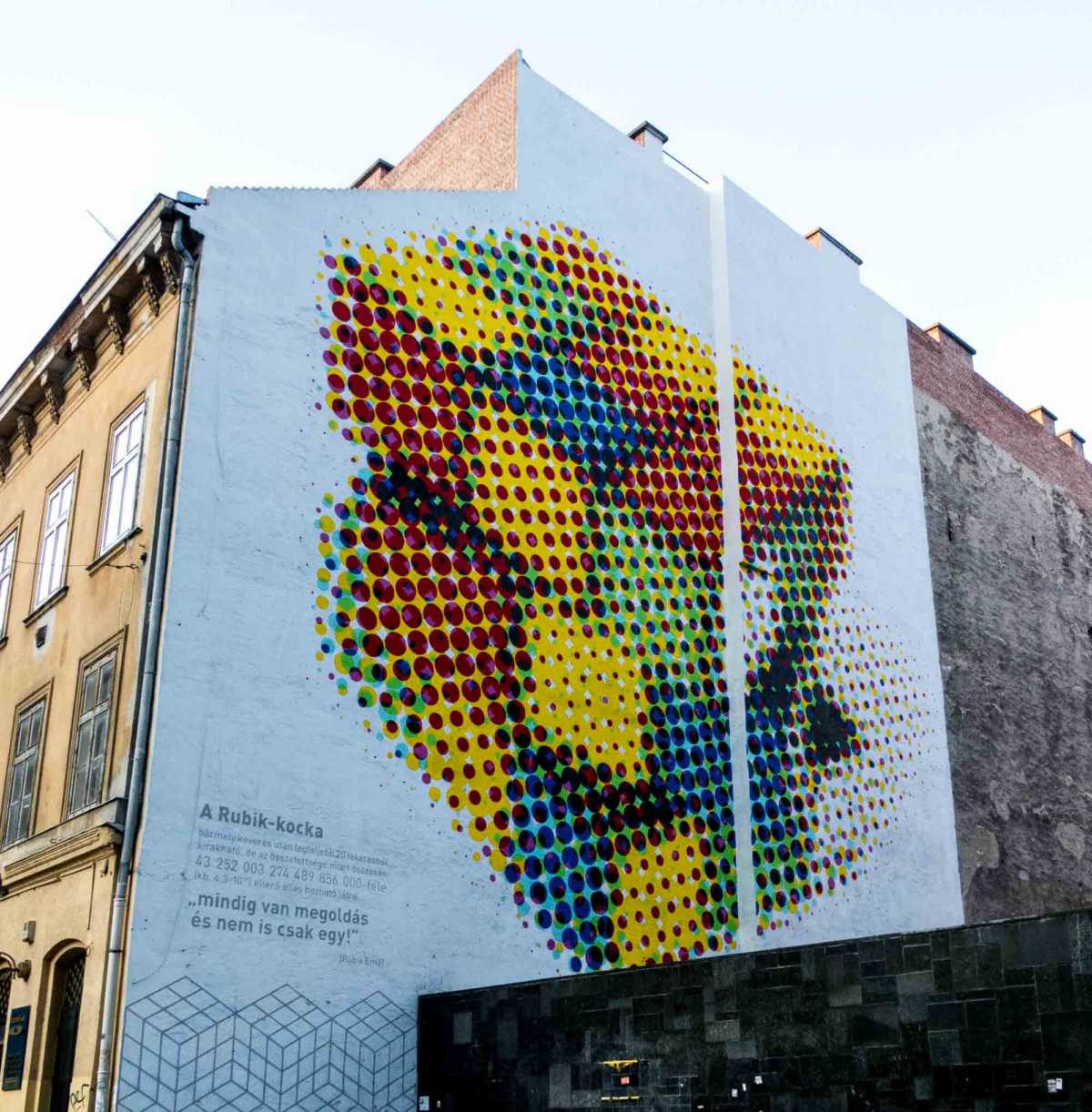
This district is bordered by Kiraly and Rakozci streets, but we recommend meandering along Dohany Street and its offshoots. (Venture further on Rakoczi Street to reach the modern transit area around the old Budapest-Keleti rail station, an architectural hodgepodge from the 19th Century.)
The Length of Andrassy
You might say the real center of town is Elizabeth Square (with the obligatory Ferris wheel) adjoining Deák Ferenc Square (where all three Budapest Metro lines converge). Or, historically, that center might have been a couple blocks north at St. Stephen’s Basilica. Either way, it’s easy to walk northeast from here along Andrassy Street to see another wonderful section of Budapest. The broad, tree-lined avenue is good for window shopping, people watching, and getting your FitBit steps in.
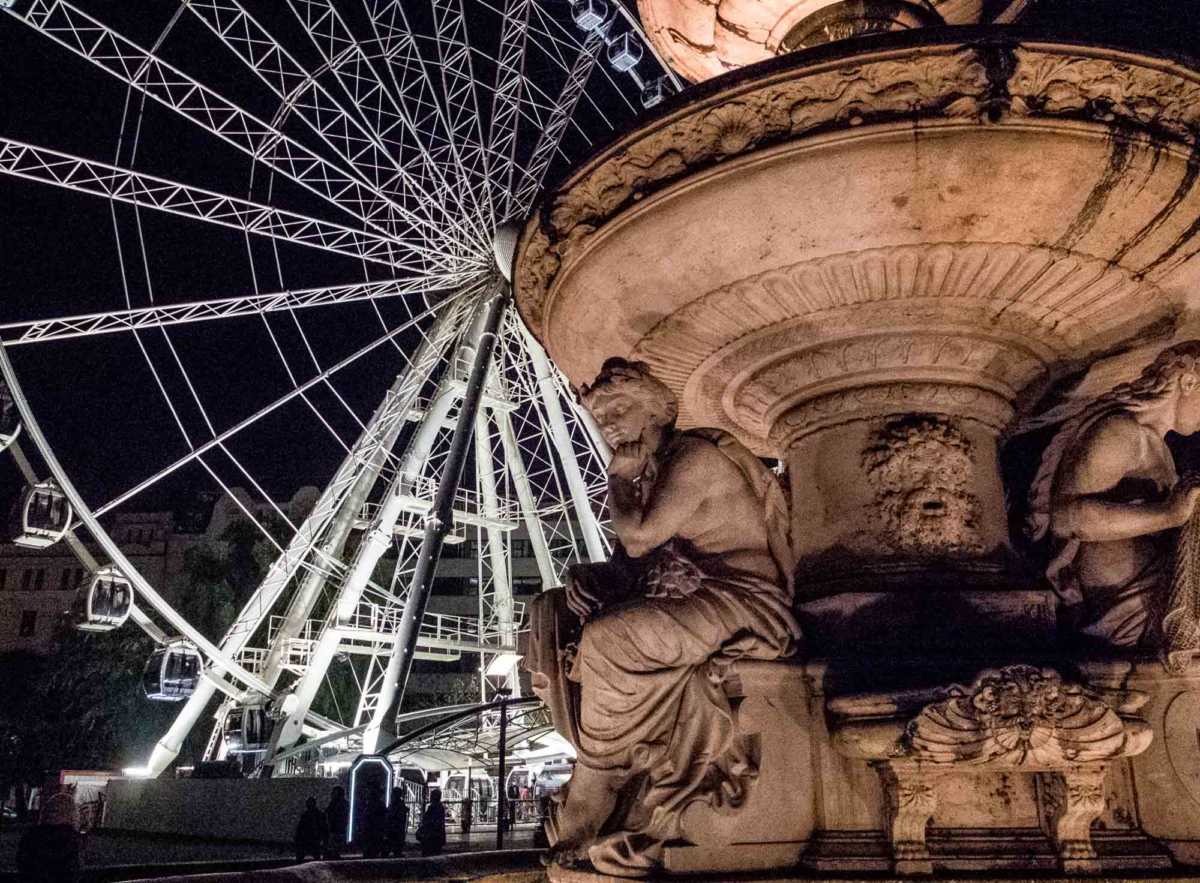
Even without reservations, you’ll likely be able to walk into the lobby of the magnificent opera house for a giant dose of marble beauty. A monument to native son Franz Liszt is further up the street where Andrassy intersects with a grassy boulevard lined with restaurants. Further still is the controversial House of Terror Museum, more of an experience than a traditional museum. For photography fans, don’t miss the Robert Capa Contemporary Photography Center just off Andrassy.
Along this corridor runs the historic Budapest subway line, the ‘underground’ versus the newer ‘metro’ lines. It’s the oldest subway line on Europe’s mainland (London’s underground is older), and shares visual details with the oldest Paris lines: wrought iron, ceramic tiles, and incredibly small platforms.
If you do the distance and dodge the traffic at Hero’s Square, you’ll end up in Budapest’s City Park, a 300-acre park encompassing a lake, the perennial circus, Széchenyi Thermal Baths, a zoo and botanical gardens, and The Castle, built for the Millennial Exhibition in 1897.
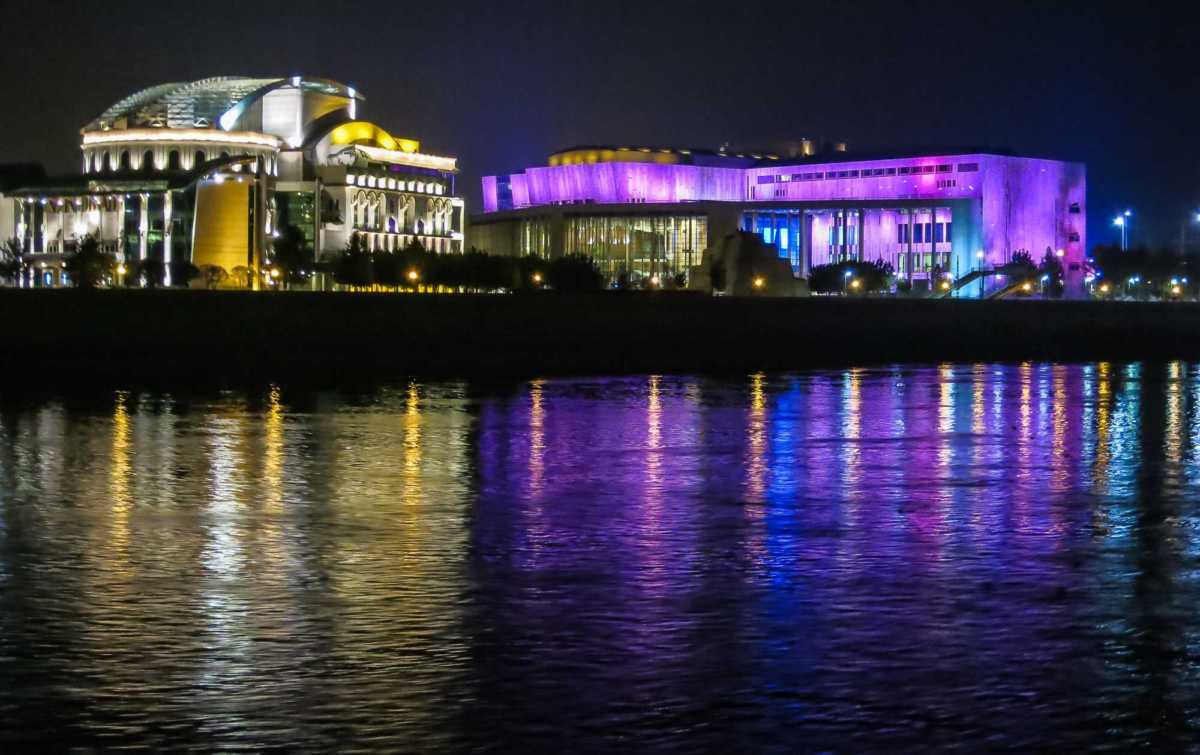
A Modern Art Break
Hop the tram south to visit part of contemporary Budapest. Here, along the Danube, are both the Ludwig Museum of Contemporary Art and the National Theater. It is only fair, after admiring the history of Budapest and acknowledging Hungary’s artistic past, to see what’s new and on the horizon.
We’ve already earmarked other neighborhoods to walk when we return to Budapest. Now that we’ve changed our minds about Budapest, we know we haven’t even scratched the surface. Check out our recommendations (so far) on where to stay and eat in Budapest.
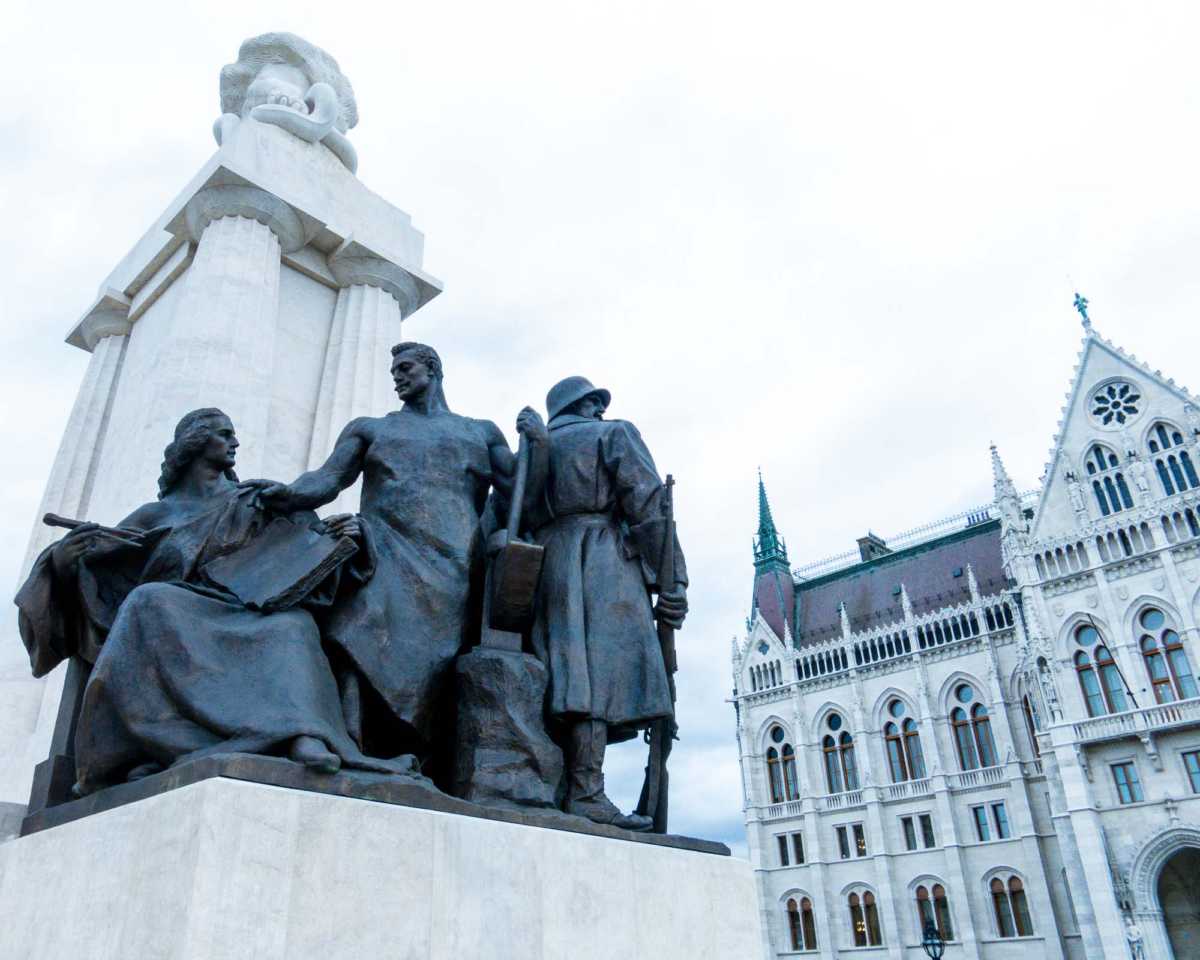
Up Your Travel Skills
Looking to book your next trip? Use these resources that are tried and tested by us. First, to get our best travel tips, sign up for our email newsletter. Then, be sure to start your reading with our Resources Page where we highlight all the great travel companies and products that we trust. Travel Accessories: Check out our list of all the accessories we carry to make getting there and being there a lot easier. Credit Cards: See our detailed post on how to choose the right travel rewards credit card for you. Flights: Start finding the very best flight deals by subscribing to Thrifty Traveler. Book your Hotel: Find the best prices on hotels with Booking.com. See all of the gear and books we like in one place on our Amazon shop.Got a comment on this post? Join the conversation on Facebook, Instagram, or Threads and share your thoughts!



Comments are closed.